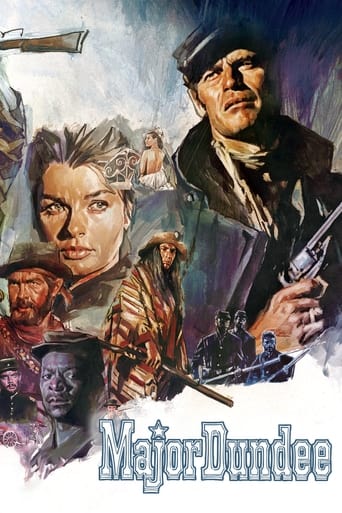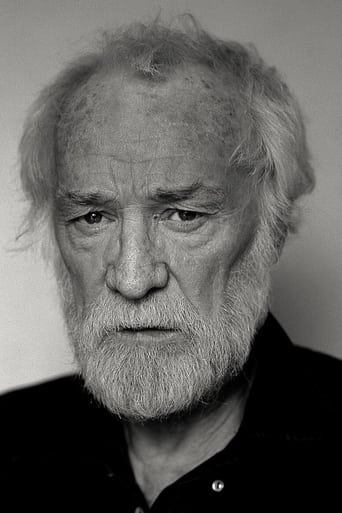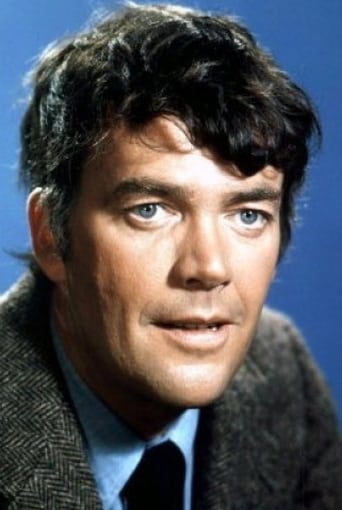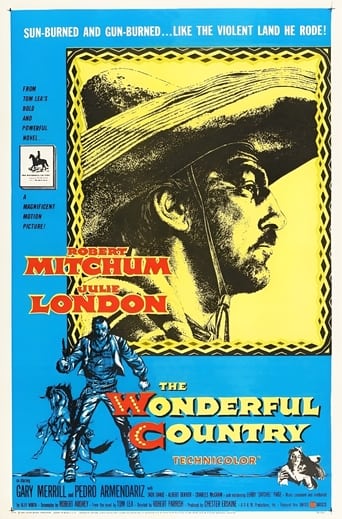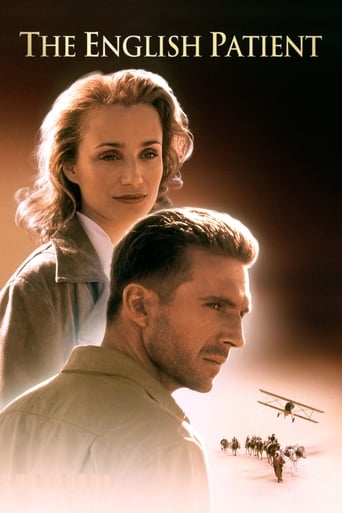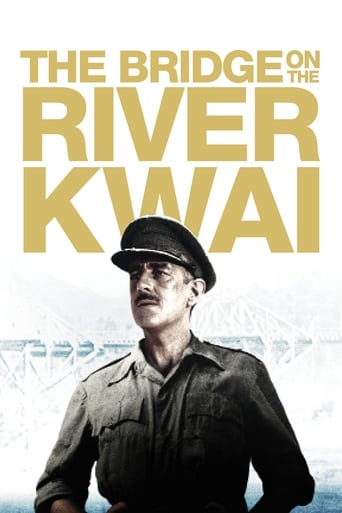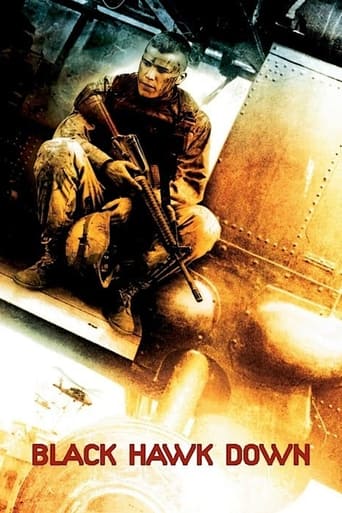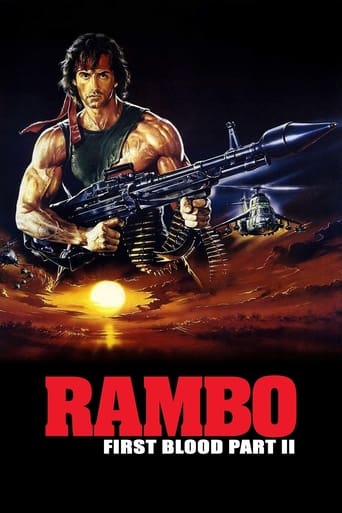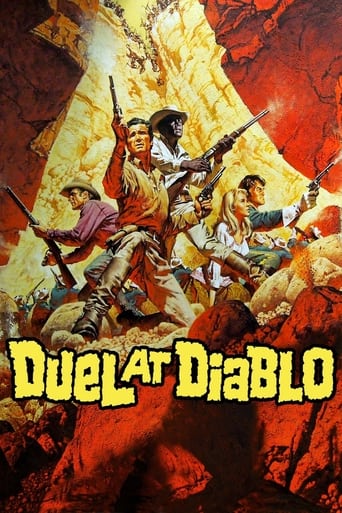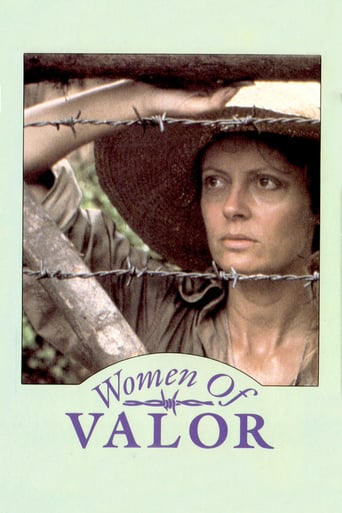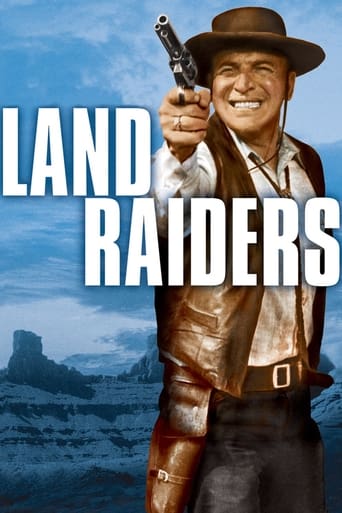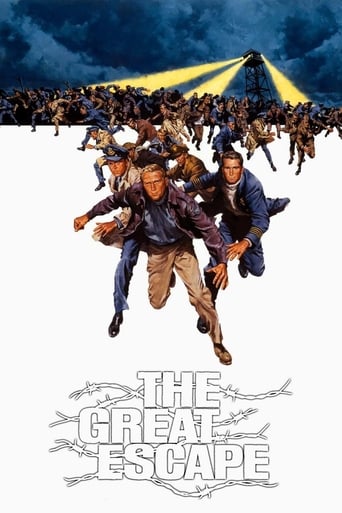Major Dundee (1965)
During the last winter of the Civil War, cavalry officer Amos Dundee leads a contentious troop of Army regulars, Confederate prisoners and scouts on an expedition into Mexico to destroy a band of Apaches who have been raiding U.S. bases in Texas.
Watch Trailer
Cast
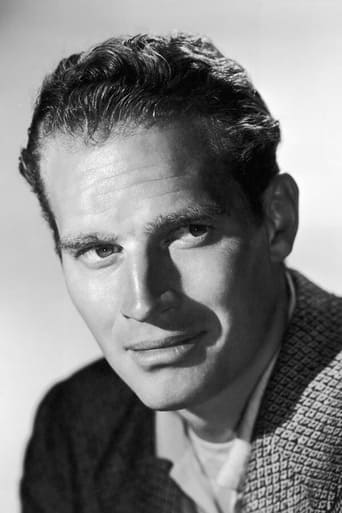


Similar titles
Reviews
Major Dundee is Sam Peckinpah's first big studio film that has a lot of problems and one of its biggest ones is that it was cut by the studio. I have only seen the extended remastered edition, which is the closest thing available to Sam's original cut of the film. I did feel that after the first half of the film, it has parts that don't make much sense and parts that tend to drag on a bit. However, the cast is great and has a lot of Peckinpah regulars like Ben Johnson, Warren Oates(who would reunite next in Sam's masterpiece The Wild Bunch), James Coburn, LQ Jones, RG Armstrong, Slim Pickens, as well as Richard Harris,who was awesome as nemesis for leading man/antihero Charlton Heston, who gives one of his most interesting performances in this picture. While the film relies heavily on conventional elements of the genre, it also is ahead of its time as well. Peckinpah's west is much grittier and violent than previous masters of the genre like John Ford. The characterization is excellent and the characters are layered and complex and come across very authentic. The film falls short of being great, which Sam learned from this picture to make his untouchable masterpiece The Wild Bunch. However, this movie is far from bad and has brilliant dialogue and memorable performances.
MAJOR DUNDEE is one of Sam Peckinpah's earlier westerns, made before he developed his reputation for epic violence and slow-motion action. This one's basically Charlton Heston vs. Native Americans, as it follows the veteran Hollywood star as he assembles a team of ne'er-do-wells before sending them off to take care of a raiding party. Much of the narrative is about the journey towards the final pay-off, and a huge and sprawling cast serve to hold the viewer's interest; Richard Harris is particularly well cast as possibly the antithesis of Heston's character, both on and off the screen. There isn't a wealth of action but the film is quite watchable if no classic.
The 1960s were surely the weirdest era in Hollywood history. Never was there a sharper division between up-and-coming youngsters and grizzled traditionalists. It was strange enough to see the new and the old side by side on theatre posters or list of award nominees, much stranger still to see the disparate influences mixing together in the one picture. The Western, by now an unfashionable genre in any case, was going through a revisionist anti-establishment phase, but the conventions of this most American of genres were dying hard.At first glance Major Dundee could be something out of the 50s. It's one of the last Westerns in which the Indians are unequivocally the bad guys, and the whole thing is packaged like one of the old classics, with a handsome lead man, an obligatory (but somewhat limp) love angle, blazing Technicolor, and even an upbeat theme song with a rather corny Ned Washington lyric. The flick was penned by TV writer Harry Julian Fink and B-movie hack Oscar Saul, so not the most prestigious duo but consider that this was one of the biggest breaks either ever had. It seems that on some level they are trying to be a bit more revisionist and edgy, most likely with input from director Sam Peckinpah, who had some hand in the screenplay, although I doubt it was a decisive one. The title character is a sort of unfeeling cynic who places military protocol above all else, and the rivalries between his men are beefed up into the real conflict of the story. But this is not quite so provocative as it sounds. Western anti-heroes had been popular for some time now, and Dundee is not that different from Frank S. Nugent creations like Colonel Thursby (Fort Apache, 1948) and Ethan Edwards (The Searchers, 1956).Behind the camera, Peckinpah stands out as a would-be maverick surrounded by a regularly professional crew. In particular the balletic editing patterns he would later be known for are nowhere to be seen. Still, you can see his thoughts are leaning that direction. He makes most shots a unit, a frame for one actor or action, which necessitates a complex editing pattern regardless of the editor's personal take on it. Violence is sudden, chaotic and, like a Michael Curtiz battle sequence, composed of eye-catching little snippets of action. We also see a lot of the judicious god shots – that sense of cool detachment that characterises prime Peckinpah. And, whatever his contribution to the script it seems he aims to bring out the most cynical elements in the story on a visual level. He even portrays the West as a ravaged landscape, barren and spiky, filled with the ruins of Old Mexico – the only relics of medievalism in the New World.Standing tall amongst this landscape is a delightful rogues' gallery of a cast. This is the kind of role that really suits Charlton Heston. A bit like the guy he played in The Big Country, not actually bad but certainly obnoxious, yet still effortlessly attractive and charismatic. He has a body that makes lounging around look almost noble, and a face to which a sardonic glance is handsome. I'd much rather see him like this than faking it as some clean-cut good guy. Richard Harris gives his character a kind of melodramatic sense of self-importance, playing the kind of gentleman-cum-hell-raiser that he was in real life. But what one really remembers is that supporting cast of rugged uglies, with faces that match the wilderness. What's really great about guys like L.Q. Jones, Slim Pickens and Warren Oates is that they look totally authentic, to the point where it's even hard to think of them as actors. You just can't imagine them going back to a caravan to shower off the dust.In the end it is really these little touches – the motley cast, the impressive little proto-Peckinpah moments – that make Major Dundee worth watching. It does suffer from a lack of cohesion, and is certainly held back by that unshakeable studio Western look. Eventually the old time Western style would fade out completely, and we would at last get some pure and decently-made neo-Westerns, of which Peckinpah would be a champion. All the same it's sad to see the remnants of the classic Western looking so awkward and dated here, for they come from the genre's golden age, which no amount of revisionism or even nostalgic homage can hope to match.
Sam Peckinpah's 1965 western Major Dundee is a near-great film that has a checkered history. The tale of its mangling by the studio that took it out of Peckinpah's hands is as well known as the butchery that accompanied Orson Welles' The Magnificent Ambersons or Touch Of Evil, or Erich Von Stroheim's Greed. But, Columbia studio's restored 136 minute long DVD version of the film really shines. Yet, some critics have still damned the film as a 'noble failure' or the like. This is too bad since the film is likely the most realistic and gritty Western ever made, and on the heels of Ride The High Country (1962) showed Peckinpah as a director with a bright future.It is filled with great shots, a great lead performance by Charlton Heston as the lead character, Major Amos Dundee, and terrific supporting performances. Heston's Dundee is a great character, and may be Heston's role. Heston is the epitome of intelligent machismo, in a role that a John Wayne would have butchered, and that Kirk Douglas could never have gotten away with. Dundee is frustrated, but we never know why. Yes, he had been sentenced to a job as a prison warder, and we get hints of his past troubles. But, then we get this wonderful interlude, at the start of the third act of the film, where he falls in love with a Mexican prostitute, Melinche (Aurora Clavell), after being shot and diving into drink. Then he recovers, to face off against his main antagonist, and perseveres, and survives.Despite critical claims that the film loses its way, this is not so. In fact, the fact that the film does not end in faux heroism is one of its virtues that makes it so relevant today, especially in light of its many parallels with the ongoing Iraq War. The only negatives the film really has are an obligatory- but thankfully brief, love angle forced upon Peckinpah by the studio, and a bit too hammy performance by Richard Harris as Dundee's main antagonist, a Confederate soldier and longtime rival of Dundee's, Captain Benjamin Tyreen, who is forced to accompany him on his quest to track down and kill an Apache band of murderers. Harris agrees, but only 'until the Apache is taken or destroyed.' Harris's British accent is all wrong (even if the film implies he had a European education to explain it away by his stating, 'Never underestimate the value of a European education'), as he is supposedly Irish, and his character is probably the least realistic of all the ones in the film- something more out of a swashbuckler film.The screenplay was written by Harry Julian Fink, Oscar Saul, and Peckinpah, and it's terrific. The film also has a sepia tinge to it that is just about right for the film, and is glorious in its 2.35:1 aspect ratio . Major Dundee, the film, also succeeds because of its realistic subplots, great acting, and some terrific scenes, such as an early comic scene involving Dundee trying to teach Graham how to smoke, and the gory aftermath of a battle that shows much scarring, and ends with the men dying days after their wounds, not in glorious battle. Yet, Major Dundee, the character, succeeds because he is a great survivor, and one of Heston's greatest roles. Just a couple of years later, Heston would use many of the signature traits he developed in this role and apply them to his great role as Colonel George Taylor, in Planet Of The Apes, as well as his other classic sci fi characters in Soylent Green and The Omega Man. The film is an unintended classic and a near-great film, despite both the studio interference and Peckinpah's tendency to gild his filmic lilies. What it might have been without either of them- better or worse, is anyone's guess. What it is, however, needs no guess. Major Dundee is a hell of a good film, and far better than many other overrated Western classics.

